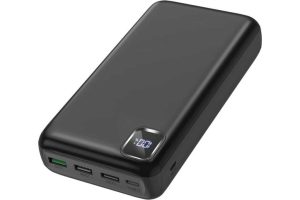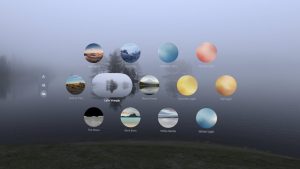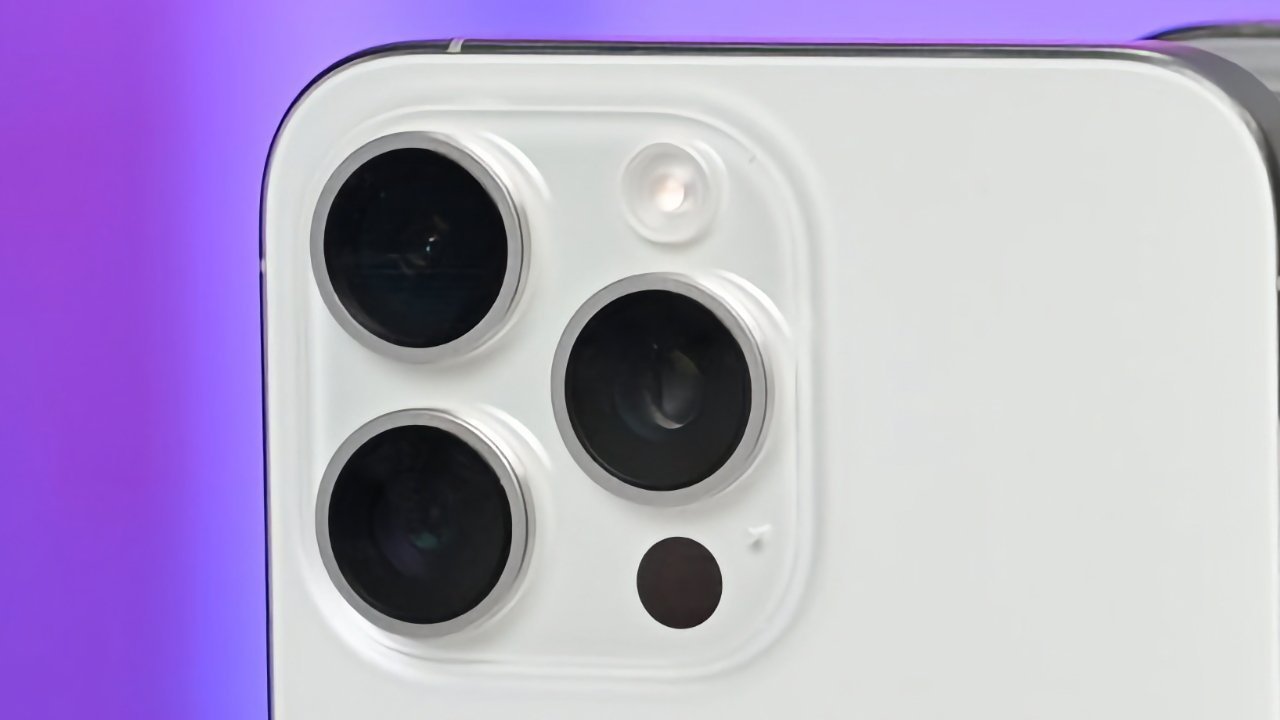
There have been quite a few rumors about the iPhone 17 Pro’s camera system, many months before Apple actually introduces the new iPhone generation. Here’s everything the rumor mill has said about the imaging elements.
The camera system is one of the big selling points of the iPhone range. Frequently used in the Shot on iPhone campaign, it has been demonstrated to be an important reason for many to make a new model their next purchase.
Each year, Apple works to improve what’s on offer, be it physical changes to the camera or computational photography tweaks. It appears that it will be no different for 2025, if rumors are to be believed.
Here’s what has been speculated about the cameras used in the iPhones coming out in September.
Camera bump
Arguably one of the most impactful and potentially divisive changes to the iPhone 17’s camera is the bump. For the iPhone 16, Apple switched away from the square bump for a more slimline approach, while retaining it for the Pro models, but things may change a lot more for the iPhone 17 generation.
Early rumors of a camera bump change emerged in December from the Weibo leaker “Digital Chat Station.” Supposedly based on supply chain materials, and appearing at the same time as an image shared by “Jukanlosreve” on X, the camera bump would extend across the entire width of the iPhone.
In the arrangements shared at the time, this consisted of a bar style of bump, with the cameras arranged in a row.
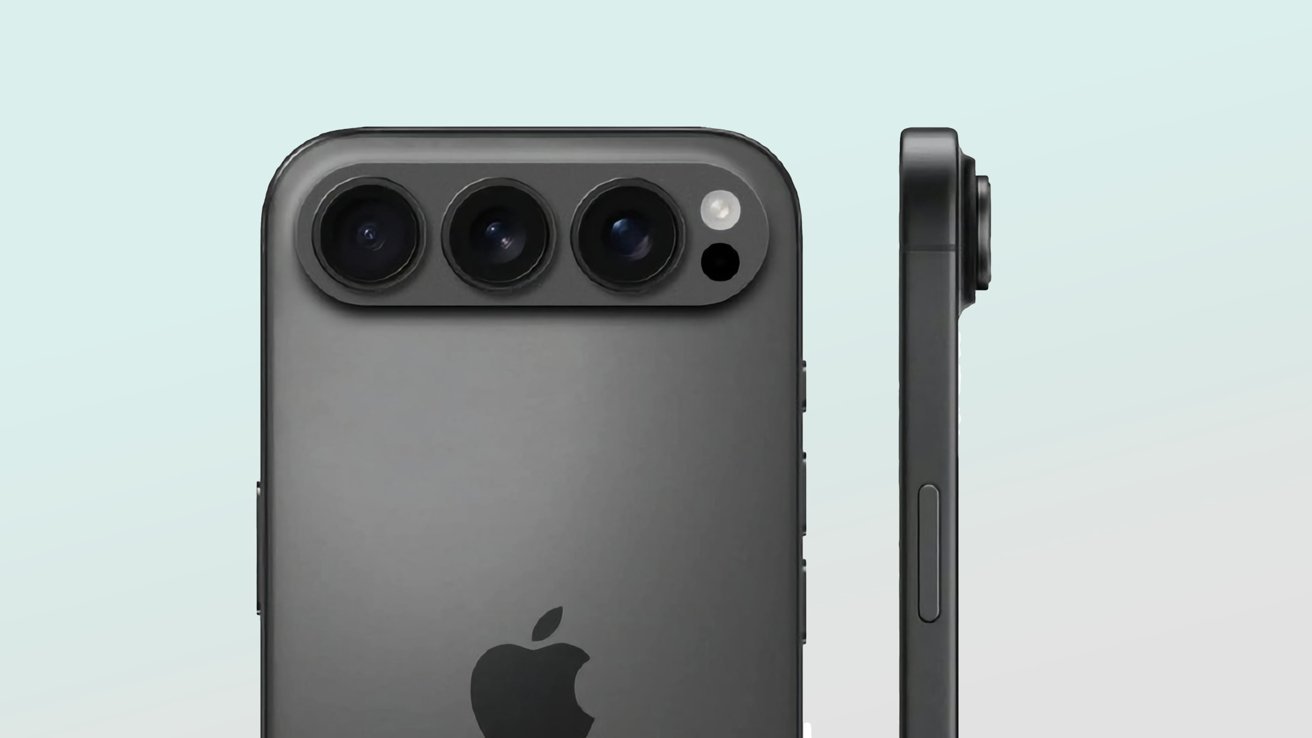 An initial bar bump rumor – Image Credit: Digital Chat Station/Weibo
An initial bar bump rumor – Image Credit: Digital Chat Station/Weibo
However, within a few days, another Weibo leaker known as “Instant Digital” said that the cameras would be redesigned, but it would still retain the triangular arrangement.
This didn’t stop rumors of a wider than usual camera bump from circulating. On February 14, Jon Prosser shared a video with renders of an iPhone 17 Pro Max design, complete with a full-width camera bump.
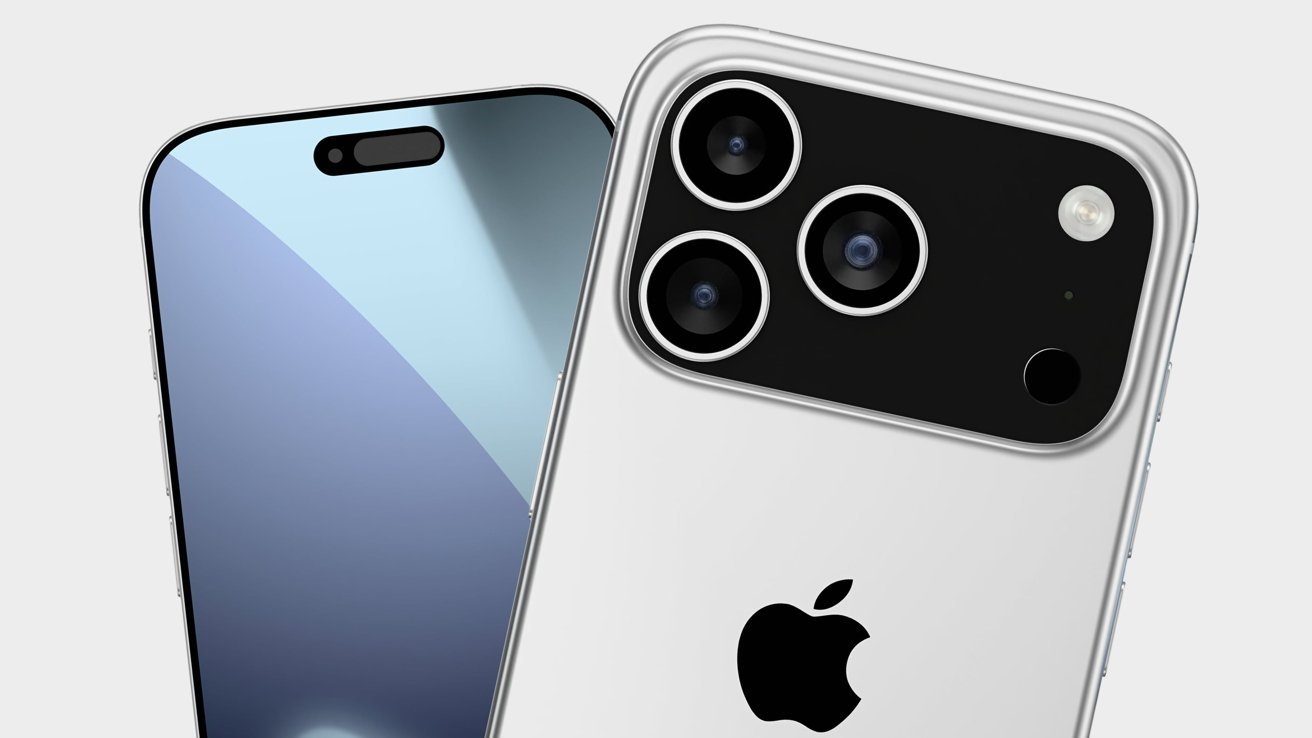 A second camera bump interpretation – Image Credit: Jon Prosser/Asher Dipprey
A second camera bump interpretation – Image Credit: Jon Prosser/Asher Dipprey
Prosser’s iteration didn’t change the triangular camera configuration, nor their position, but made the bump be the same height as before, but much wider. Elements like the flash and the LiDAR sensor were positioned to the far right of the bump.
It seemed that the render was based on an alleged CAD image shared by serial leaker “Majin Bu” on January 24. Prosser’s 3D artist, Asher Dipprey, shared more renders of the supposed design with an easier-to-digest light background, but that didn’t make the bump any easier to stomach.
By February 23, Sonny Dickson shared images of an iPhone in a case, that used the same wide camera bump design. While Dickson didn’t identify the source, the prominent featuring of the case probably means it came from an accessory maker.
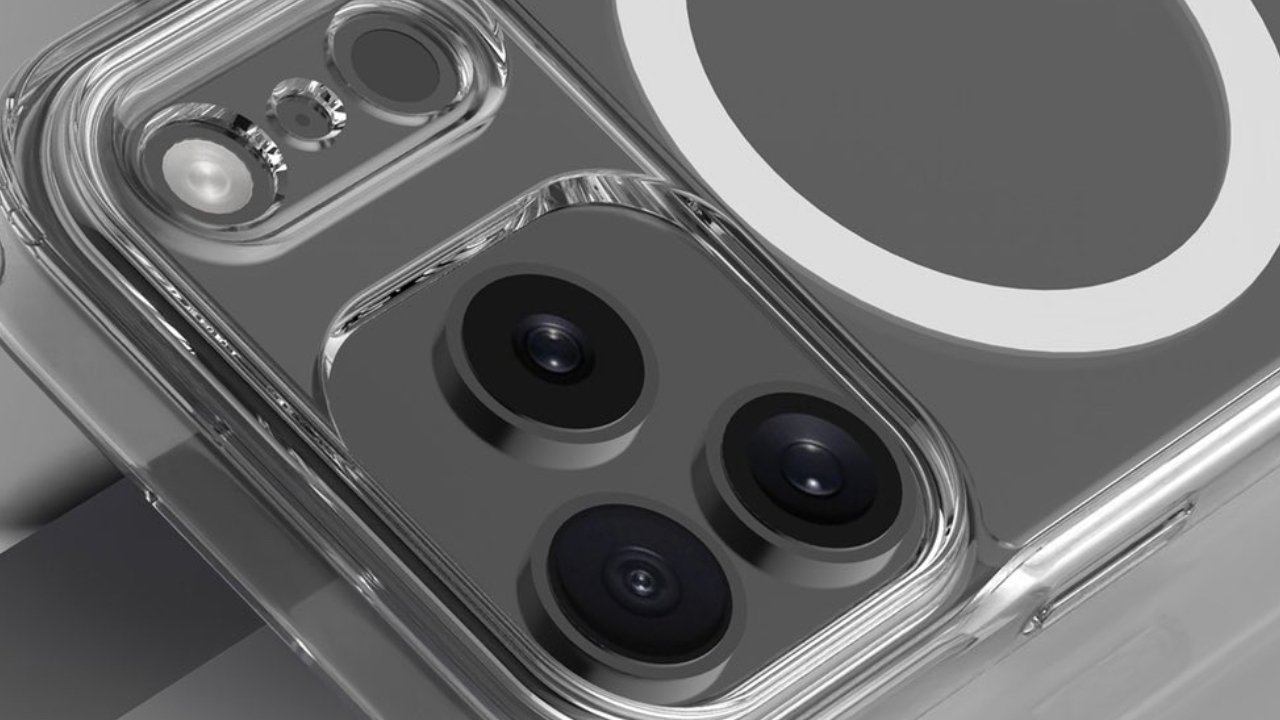 A case-covered bump leak – Image Credit: Sonny Dickson/X
A case-covered bump leak – Image Credit: Sonny Dickson/X
Depending on your interpretation of the images, it could also signify the wide camera bump being split into two sections, with the flash and LiDAR in their own “island” bump.
While it may feel a little more believable that the design is on the way because of the case producer’s render, that isn’t correct. Third-party accessory makers don’t get information about prerelease devices from Apple except in very specific circumstances, so the render is probably based off spread-around rumors.
New Rear (and front) Resolutions
Aside from physical changes to the design, Apple could make some sensor alterations. One very plausible change it can make is to resolutions.
For the rear, the iPhone 16 Pro and Pro Max had 48-megapixel Fusion and Ultra Wide cameras, while the Telephoto remained as a 12MP shooter.
In July 2024, TF Securities analyst Ming-Chi Kuo wrote that there would be an improved tetraprism lens on the Pro Max model, to improve both the zoom and photo quality. This would also involve an upgrade of the sensor from a 1/3.1-inch 12MP Compact Image Sensor to a .6-inch 48MP CIS.
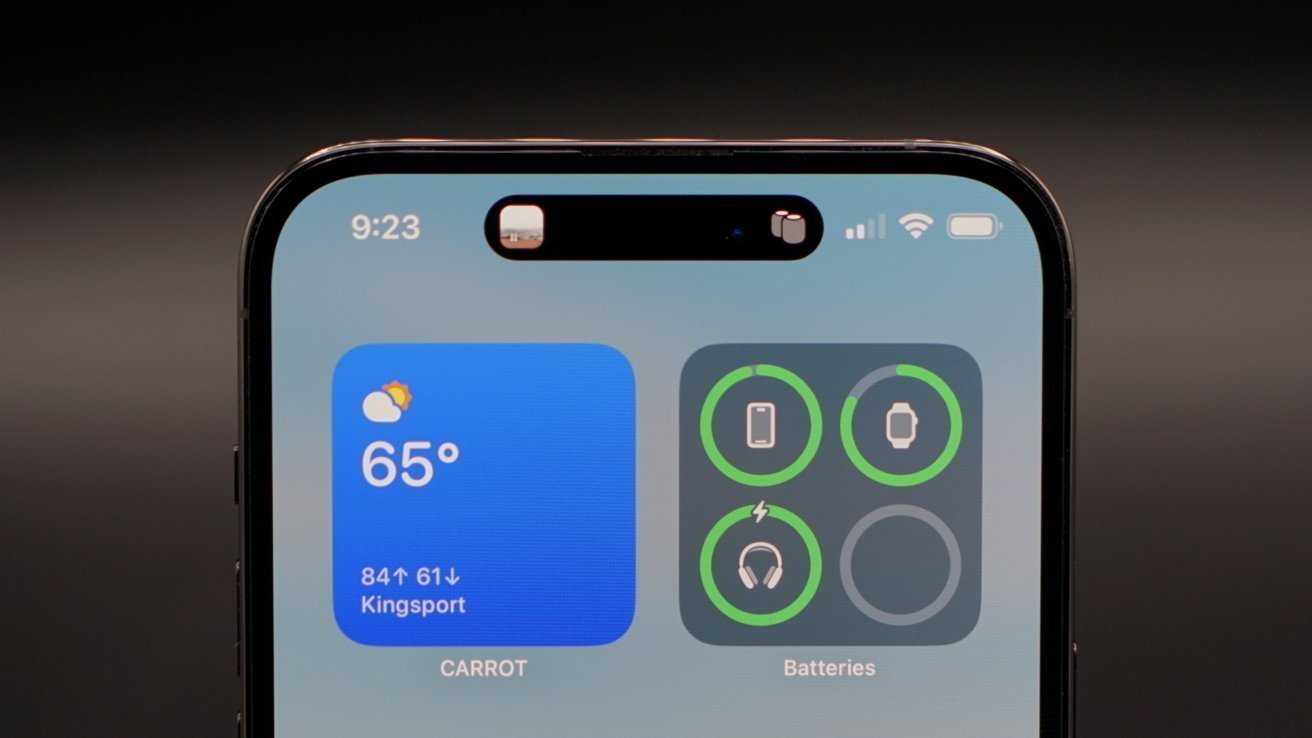 The Dynamic Island hides the TrueDepth camera
The Dynamic Island hides the TrueDepth camera
This was echoed months later, on January 10, by rumor account “Digital Chat Station.” It insisted that all three cameras on the Pro models
The sensor change isn’t just limited to the rear cameras, as the front TrueDepth camera array is also anticipated to get an upgrade.
In August 24, Haitong Securities analyst Jeff Pu insisted that there would also be a sensor resolution improvement at the front, with the use of a 24MP camera with a six-element lens. The version currently used in the iPhone 16 Pro’s TrueDepth is a 12-megapixel sensor using a five-element lens.
At the time, Pu added that the upgrade won’t affect just the Pro models, with the standard iPhone 17 also set to get the better sensor.
Again, in its January claims, “Digital Chat Station” also reiterated the 24MP sensor upgrade to the TrueDepth camera array.
A bigger video push
While not necessarily a tangible specification, there was another point of discussion when it came to cameras. Apple could be making more of a push for video.
Apple already has a considerable video system in place, with features such as 4K footage recorded in ProRES, and with Apple LOG helping filmmakers capture and color-correct footage in the edit.
On February 23, Mark Gurman wrote for Bloomberg that Apple had been focused more heavily on photographic capabilities for its iPhone line. For 2025, Gurman believes it will stress its improvements in video recording.
An apparent goal for the 2025 iPhone releases is to tempt vloggers and video creators to move towards recording with their iPhone more, instead of using standalone cameras. This will apparently take the form of Apple touting the capabilities during its September launch event.


